Good Enough
On the morning of June 4, 1996, at the Guiana Space Centre on the edge of the South American jungle, the European Space Agency gathered to witness history. The Ariane 5 rocket—massive, gleaming, and bristling with national pride—was poised for its maiden flight. A decade in the making and carrying a price tag north of $7 billion, Ariane 5 was designed to catapult Europe into the space age, competing with NASA and Russia’s Roscosmos.
Aboard this inaugural launch were four scientific satellites worth another $500 million. These weren’t test dummies—they were the real thing.
At precisely 12:33 p.m., Ariane 5 thundered off the launchpad, rising gracefully into the sky.
And 37 seconds later, it exploded.
The rocket didn’t just fail—it disintegrated mid-air in a fiery cascade, scattering debris and twisted ambition across the jungle floor.
The aftermath was brutal. Years of work—gone. Half a billion in payload—vaporized. And trust in the program—shaken to its core.
But the most devastating part wasn’t the explosion. It was the reason behind it.
Legacy Code, Catastrophic Consequences
When investigators combed through the data, they didn’t find sabotage or a manufacturing defect. What they found was software.
Buried deep inside Ariane 5’s guidance system was a piece of code lifted from its predecessor, Ariane 4. The logic in that code assumed a range of horizontal velocity values based on Ariane 4’s much smaller launch profile. Ariane 5, with its greater power and trajectory, blew right past those limits.
The result? A variable overflowed. That triggered a self-destruct signal—because from the rocket’s point of view, it was flying blind.
Here’s the kicker: the specific line of code that failed wasn’t even needed during that phase of flight. It had simply never been turned off. And no one thought to recheck it.
It was “good enough” in Ariane 4. So they left it in.
The Real Cost of Cutting Corners
Technically speaking, this was a reuse error. Economically, it was catastrophic. But philosophically, it’s something we all bump into more often than we’d like to admit.
We use what worked last time. We reuse old templates. We duct tape solutions and push forward.
And most of the time, that’s fine—until it’s not.
Sometimes it’s software. Sometimes it’s a budget. Sometimes it’s a life plan cobbled together with legacy assumptions that never got updated.
We get comfortable with “good enough,” especially when redoing it “the right way” costs more, takes longer, or feels tedious.
But “good enough” only works when your environment hasn’t changed.
Ariane 5 wasn’t Ariane 4. Just like your life today isn’t the same as it was five years ago—or five months ago.
And here’s where the lesson comes home: the most expensive mistakes often begin with the decision to save time or money upfront.
The Planning Parallel
I see this all the time in personal finance. Someone builds their financial life around a strategy or product that was once “good enough”—maybe a basic will, a DIY retirement plan, a budget that hasn’t changed since their kids were toddlers.
But life moves. Circumstances evolve. Risk doesn’t stay where you last left it.
That old insurance policy might not cover what you now have.
That target-date fund might not reflect your actual needs.
That “set it and forget it” plan might be marching you confidently in the wrong direction.
The danger isn't malicious—it’s inertia.
And just like Ariane 5, you might only discover the fault when the stakes are high and time is gone.
One Variable Too Far
The failure of Ariane 5 wasn’t a matter of technology—it was a matter of comfort. Smart people reused code that had worked well enough for years. But the context changed, and nobody asked the uncomfortable question: Is this still right?
The result was a $500 million error that took less than a minute to reveal itself.
Which begs the question for the rest of us:
What systems, assumptions, or plans are we still using just because they haven’t failed—yet?
Because in the end, “good enough” rarely is.
